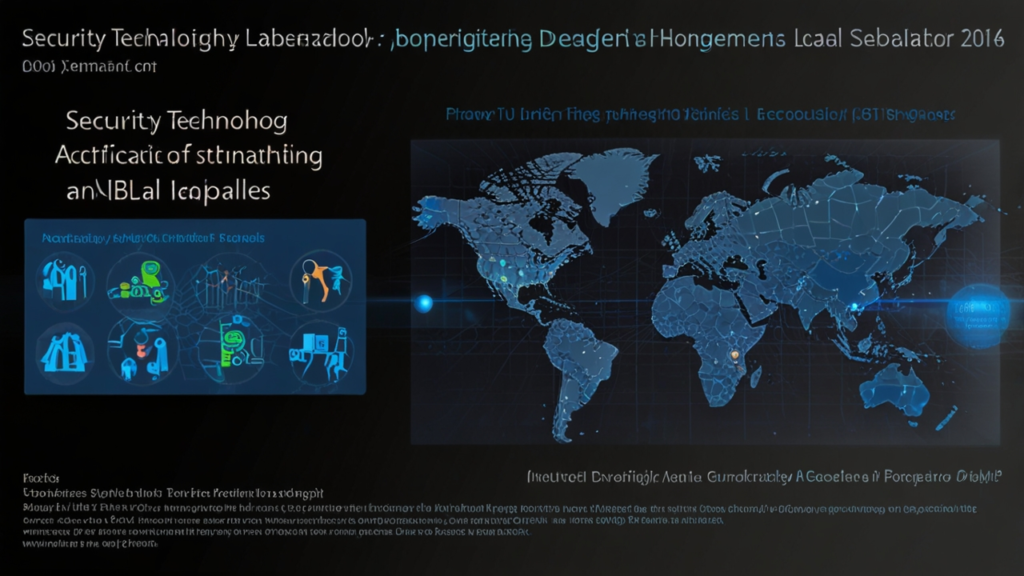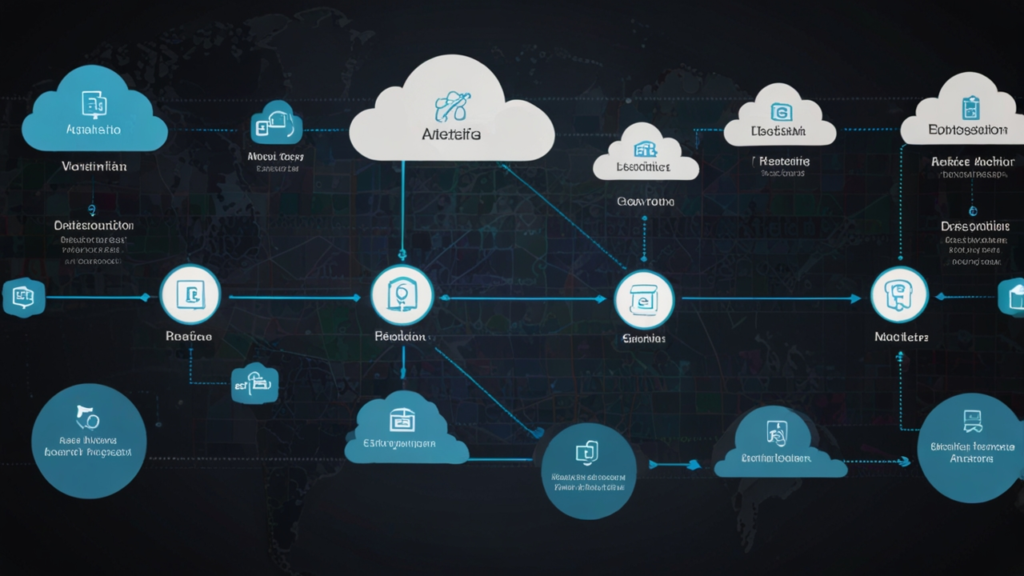Google Nest: In this home technology guide, you’ll understand why 7 automation features are essential: 1) learning algorithms adapting temperature schedules based on occupant behavior patterns, 2) remote control enabling adjustment through smartphone applications regardless of location, 3) occupancy detection optimizing energy usage by recognizing when homes are empty, 4) weather adaptation adjusting operation based on current and forecasted environmental conditions, 5) energy monitoring tracking consumption patterns to identify efficiency opportunities, 6) system compatibility integrating with diverse heating and cooling equipment across manufacturers, 7) multi-sensor environment creating comprehensive awareness through temperature, humidity, and motion detection.









